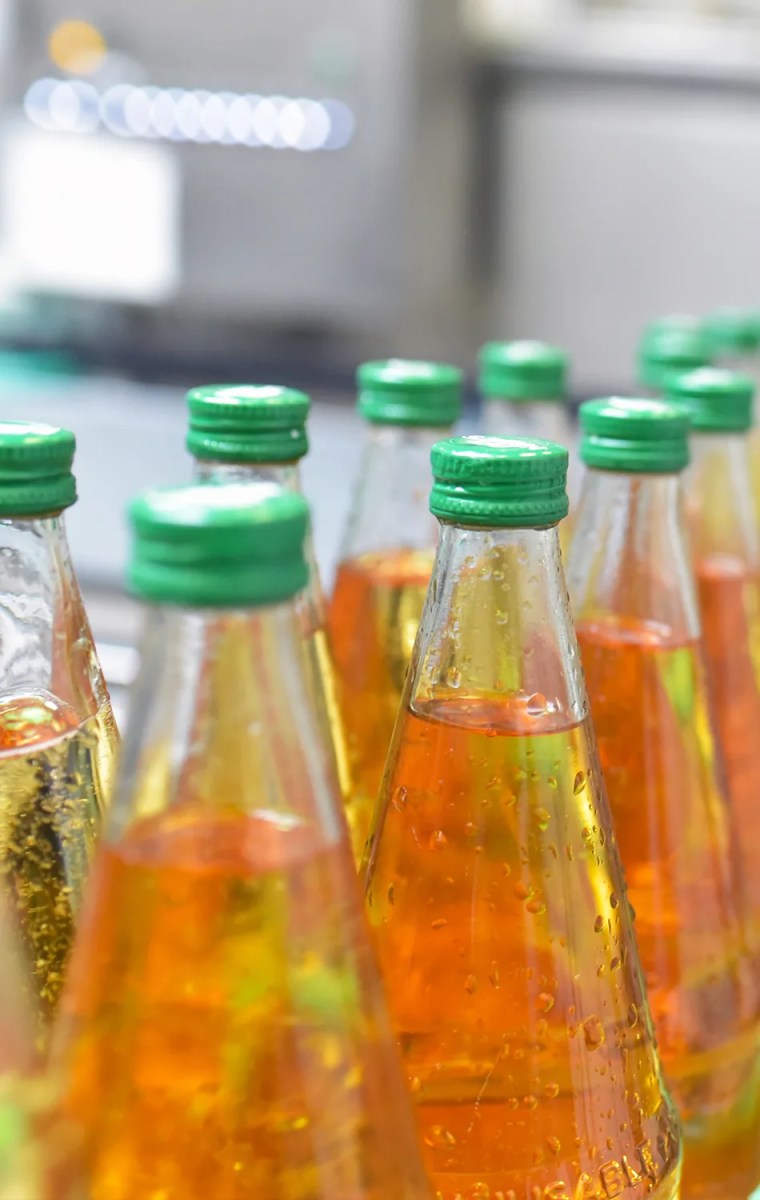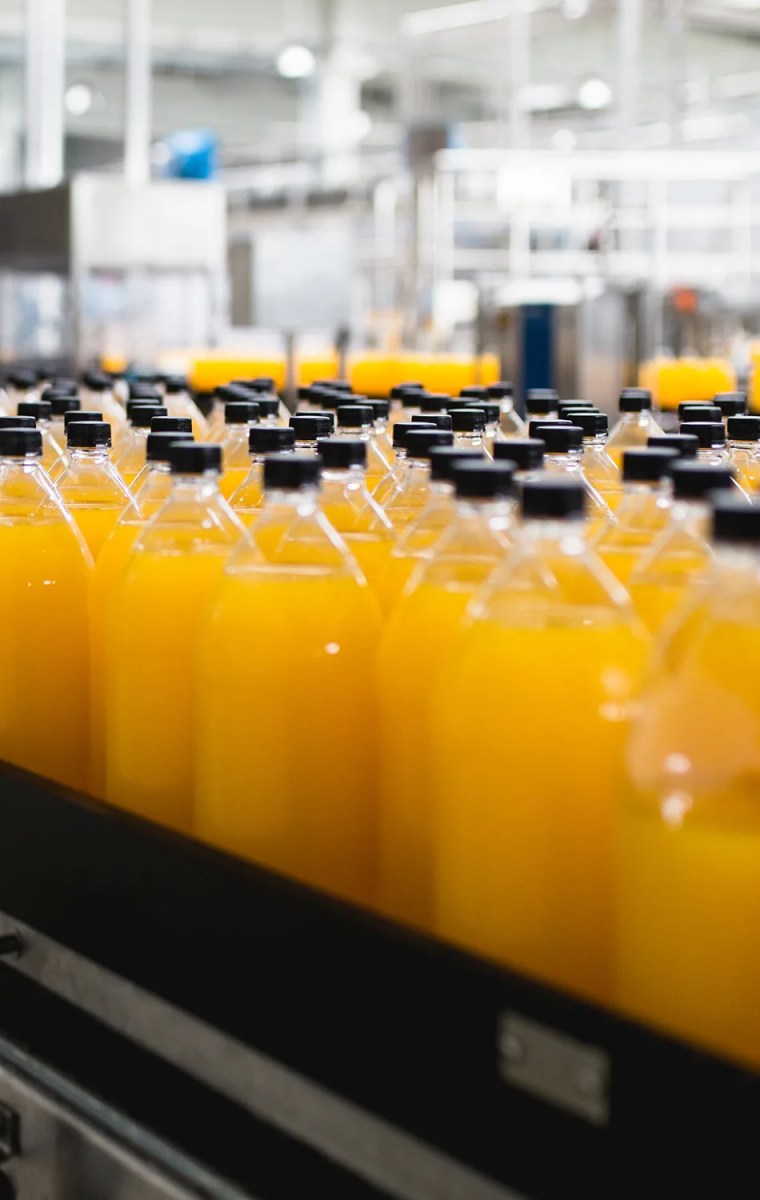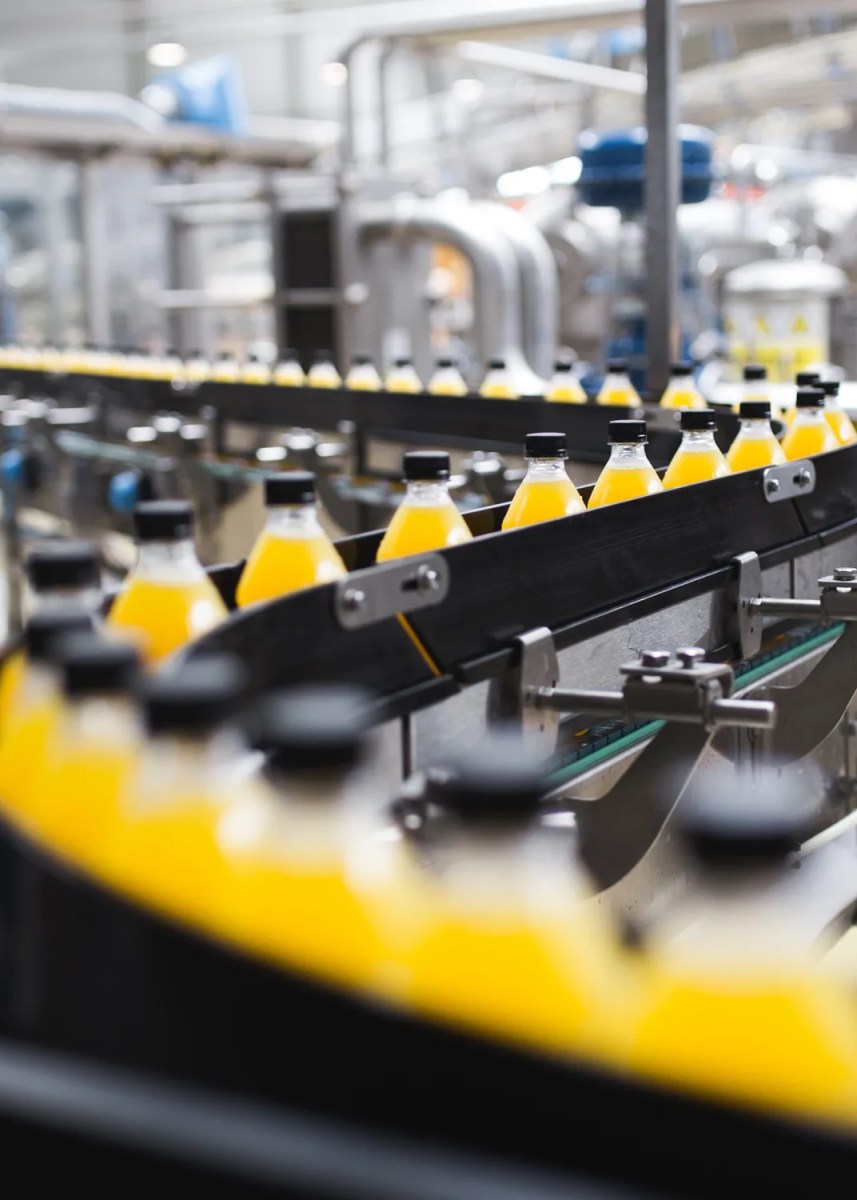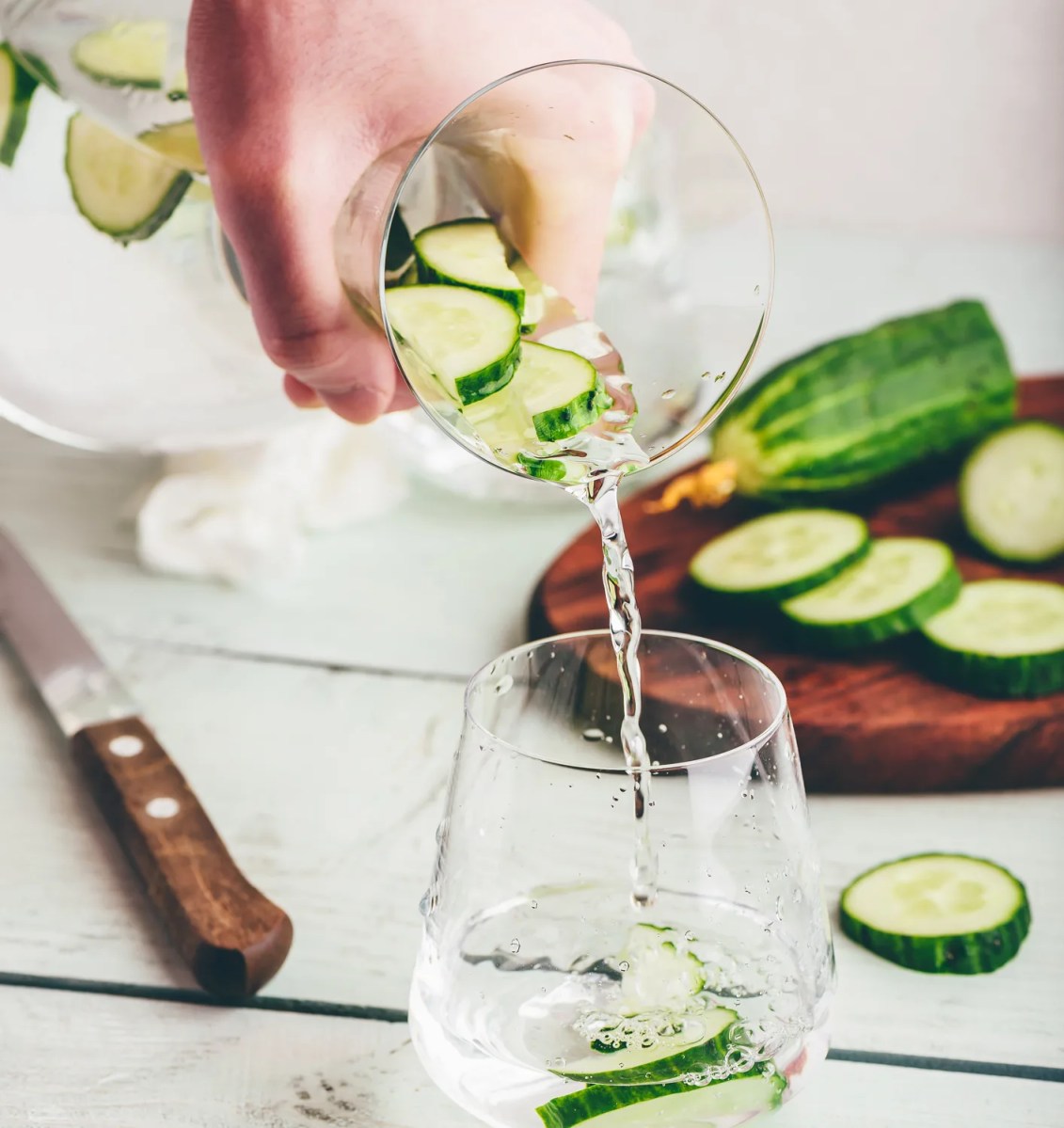Your cart is currently empty!
The American Academy of Pediatrics recently tightened their guidelines on juice and announced in May 2017 that parents should “completely avoid the use of juice in infants before 1 year of age.” See: “Fruit Juice in Infants, Children, and Adolescents: Current Recommendations.”
Here’s What You Need To Know:
- Eight ounces of 100% apple juice has just as much sugar as eight ounces of cola.
- Over the last couple of decades, pediatric gastroenterologists are seeing a dramatic rise in the number of children developing a dangerous liver disease.
- The fruit’s fiber layer gets pulverized when it is juiced. This fiber keeps the fructose from getting absorbed too rapidly.
- Excessive sugar leads to harmful metabolic effects, such as insulin resistance and cardiovascular disease.
The Squeeze on Juice:
Two years ago, Dr. Uma Pisharody made waves when she successfully campaigned for the removal of juice from her hospital’s kid’s menu. In doing so, she became the first doctor in the country to get juice off a hospital menu. For Dr. Pisharody, it was a no brainer. She was telling kids suffering from metabolic disorder to curb their fructose and juice intake, and yet it was still being served at the treatment center.
Dr. Pisharody remains an active member of her community, where she coaches other medical professionals about the dangers of a high-fructose diet. We asked her to explain why she’s wary of juice, particularly for young children:




Too Much Sugar
I regard the sugar in juice, even 100% fruit juice, very similar to the way in which I regard the sugar in soda or sugar-sweetened beverages. All of these drinks contain excessive amounts of “free sugar,” which describes sugar not bound to fiber. It’s important to remember how much free sugar is present in just a single serving of 100% fruit juice¹. Consider that eight ounces of 100% apple juice has just as much sugar as eight ounces of cola!
Damages Liver
Over the last couple of decades, pediatric gastroenterologists are seeing a dramatic rise in the number of children developing a dangerous liver disease that was once primarily seen in adults suffering from chronic alcoholism. Since this disease is developing in children (and adults) who’ve never drank any alcohol, it’s been termed “nonalcoholic fatty liver disease” (NAFLD). Mounting evidence has linked excessive consumption of sugar (specifically the molecule fructose) with NAFLD 4-6.
The Fiber is Removed
The relatively small amount of fructose found in whole fruits is harmless, with a balanced diet. That’s because whole fruit also contains fiber. The protective layer of fiber (which gets pulverized when fruit is juiced) keeps the fructose from getting absorbed too rapidly. In addition, a child typically consumes no more than one or two servings of fruit at any given time, chewing and swallowing slowly and gradually.
Harms Metabolism
Sugar found in fruit comes from two molecules: fructose and glucose. While glucose can be used by every cell in our body, providing energy, most of the fructose we ingest and absorb is used exclusively by the liver. Research shows that excessive fructose uptake by the liver leads to harmful metabolic effects such as insulin resistance and cardiovascular disease.³
What are some good juice alternatives?
The best alternative is, of course, water. It is important to condition your children to turn to water when they are thirsty (instead of a sugary beverage). An easy way to do this is to get them a fun, reusable water bottle or cup. If the container has their favorite cartoon character on it, they will be more interested in rehydrating.
The best way to get them to stick to water is by leading by example. If you drink water at family meals, and carry around your own water bottle, it will inspire them to do so as well. To make the water more flavorful, you can infuse it with berries, citrus, or cucumber. Drink up!

Summary
Dr. Uma Pisharody specializes in pediatric gastroenterology at the Swedish Medical Center. She is a board member of the Institute for Responsible Nutrition and is an advisor for Yumi and the Hypoglycemia Support Foundation.
The American Academy of Pediatrics (AAP) recommends that fruit juice not be given to children younger than 1, since it offers no nutritional benefits. Juice can also damage their liver, harm their metabolism, and lead to tooth decay. The first 1,000 days of life (from conception to age 2) are when food preferences are developed. Therefore, it is vital to stick to unsweetened beverages so your kids don’t prefer sugary drinks later on.
Sources
- Walker RW et al. Fructose content in popular beverages made with and without high-fructose corn syrup. Nutrition. 2014 Jul-Aug; 928-35.
- Lim JS, Mietus-Snyder M, Valente A, Schwarz JM, Lustig RH. The role of fructose in the pathogenesis of NAFLD and the metabolic syndrome. Nat Rev Gastroenterol Hepatol. 2010; 7(5):251-64
- Luc Tappy, Kim-Anne Lê. Physiological Reviews 2010 Jan: 90; 23-46.
- Vos MB, Lavine, JE. Dietary fructose in nonalcoholic fatty liver disease. Hepatology. 2013 Jun; 57(6):2525-31
- Schwarz JM, Noworolski SM, Erkin-Cakmak A et al. Effects of Dietary Fructose Restriction on Liver Fat, De Novo Lipogenesis, and Insulin Kinetics in Children with Obesity. 2017 Jun; 1(17)35685-8.
- Lustig RH, Mulligan K, Noworolski SM, et al. Isocaloric fructose restriction and metabolic improvement in children with obesity and metabolic syndrome. 2016 Feb; 24(2):453-60










